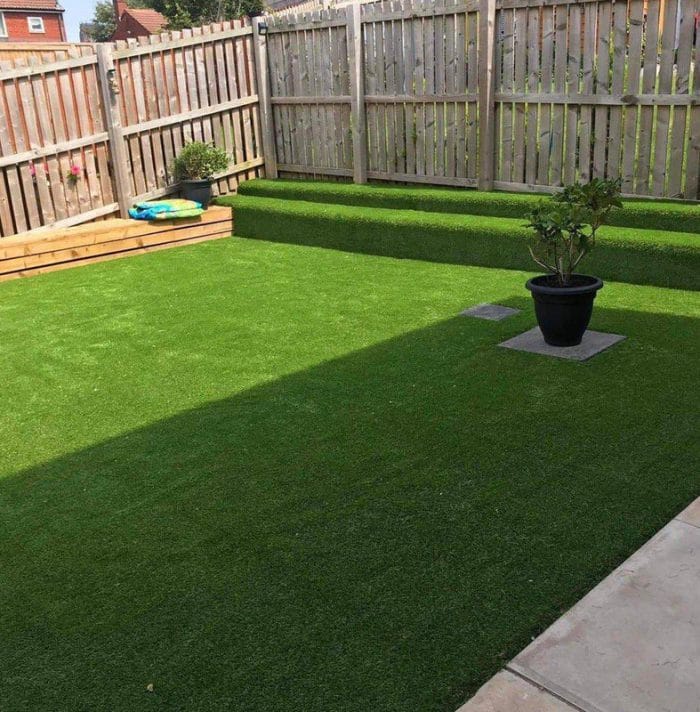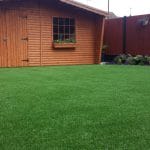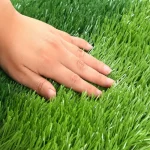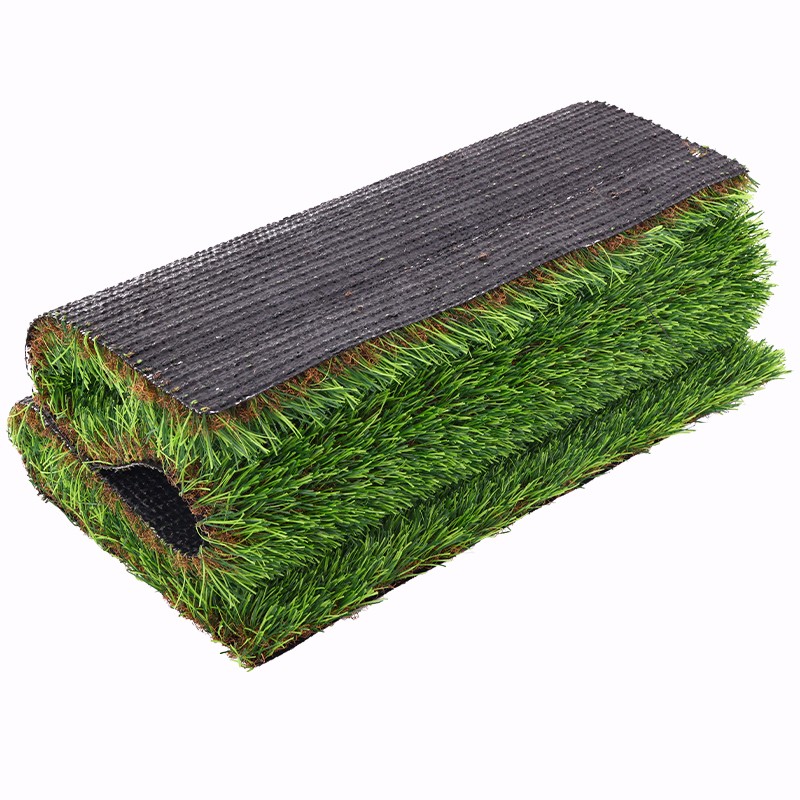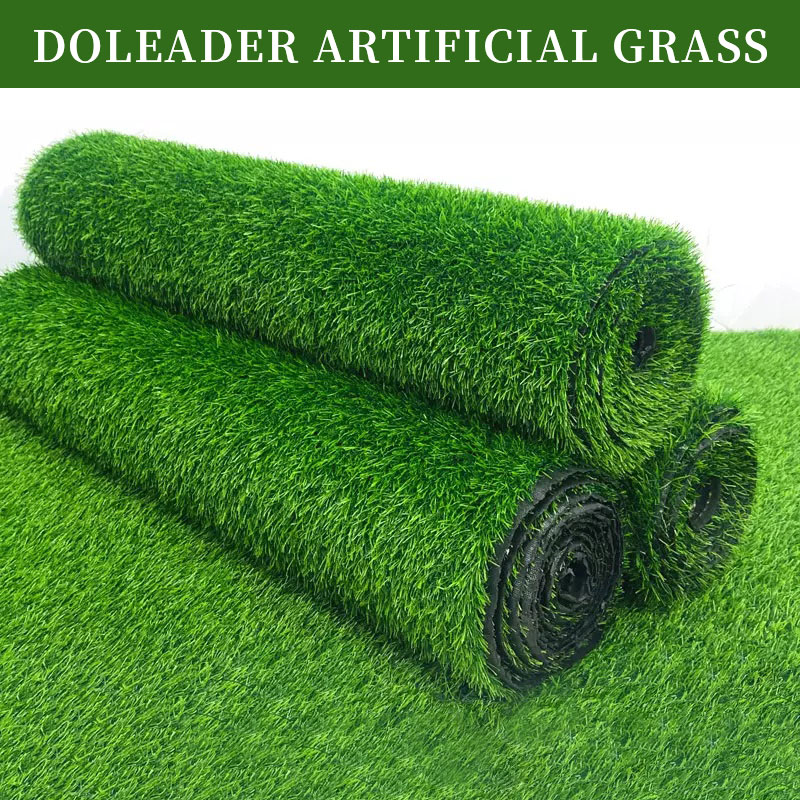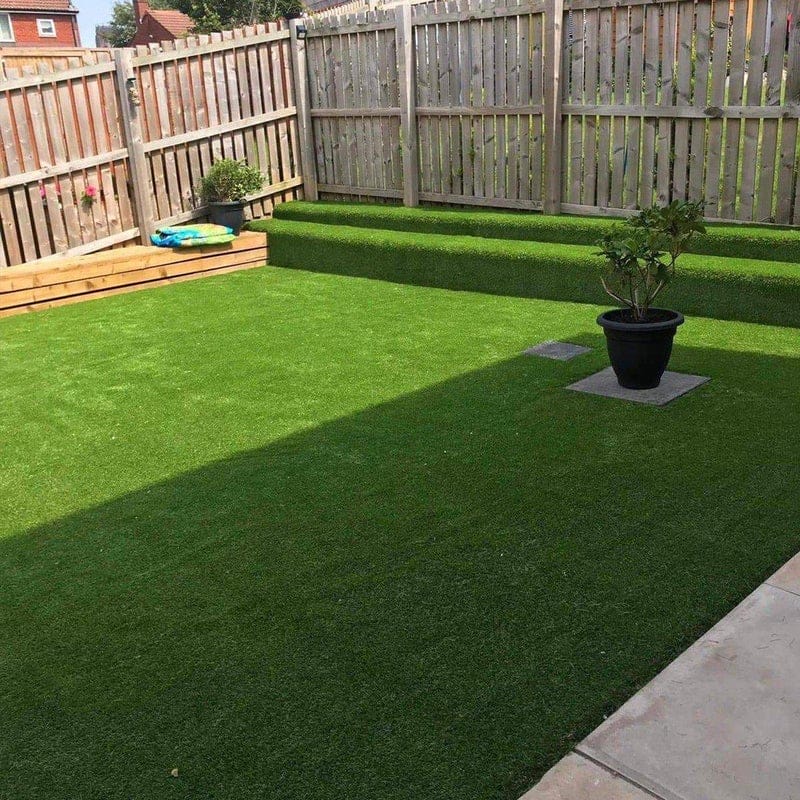
In recent years, artificial grass has become a popular choice for homeowners and commercial property owners seeking low-maintenance, aesthetically pleasing landscapes. One question that often arises is whether it’s possible to install synthetic turf directly over concrete surfaces. The answer is a resounding yes, and in this article, we’ll explore the benefits, considerations, and steps involved in installing artificial grass on concrete.
Benefits of Artificial Grass on Concrete
- Low Maintenance: Artificial grass requires minimal upkeep compared to natural grass, eliminating the need for mowing, watering, and fertilizing.
- Water Conservation: By eliminating the need for irrigation, artificial turf can help conserve water, making it an eco-friendly choice, especially in drought-prone areas.
- Versatility: Concrete surfaces, such as patios, driveways, and pool decks, can be transformed into lush, green spaces with the addition of artificial grass.
- Durability: High-quality artificial turf is designed to withstand heavy foot traffic, making it ideal for high-use areas.
Considerations for Installing Artificial Grass on Concrete
- Surface Preparation: Concrete surfaces must be clean, level, and free of cracks or damage to ensure proper installation and longevity of the artificial grass.
- Drainage: While artificial turf doesn’t require irrigation, proper drainage is still necessary to prevent water buildup and potential damage to the surface.
- Shock Absorption: For high-traffic areas or play areas, an additional shock-absorbent underlayment may be necessary to provide cushioning and safety.
- Heat Absorption: Concrete surfaces can become hot in direct sunlight, so it’s essential to choose artificial turf with good heat dissipation properties.
Steps for Installing Artificial Grass on Concrete
- Surface Preparation: Clean the concrete surface thoroughly, repair any cracks or damage, and ensure it is level.
- Install a Drainage System: Lay down a permeable membrane or create a sloped surface to allow water to drain away from the area.
- Add a Shock-Absorbent Underlayment (Optional): For added cushioning and safety, install a shock-absorbent layer before laying the artificial grass.
- Secure the Turf: Roll out the artificial grass and secure it to the concrete surface using appropriate adhesives or nails along the perimeter.
- Infill the Turf: Spread the infill material (typically a combination of silica sand and rubber granules) evenly over the turf to weigh it down and provide a realistic look and feel.
- Groom and Finish: Use a power broom or rake to evenly distribute the infill and create a natural-looking finish.
By following these steps and choosing high-quality artificial grass products, you can transform concrete surfaces into beautiful, low-maintenance, and eco-friendly outdoor spaces. Whether you’re looking to create a lush backyard oasis, a functional play area, or a welcoming patio, artificial grass on concrete can be a practical and visually appealing solution.


